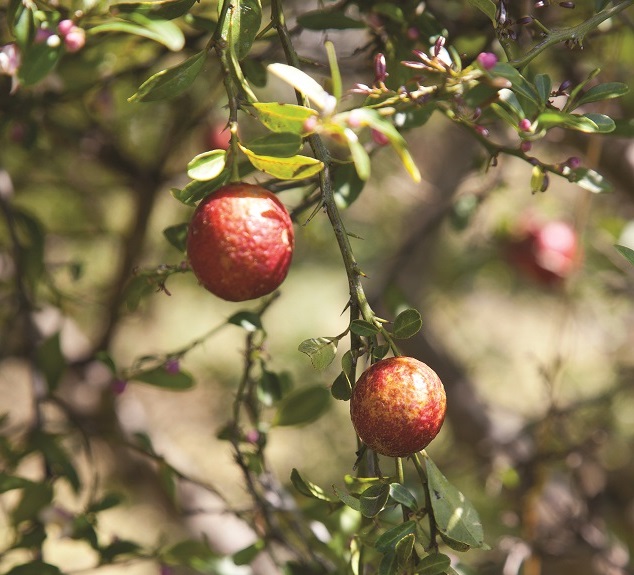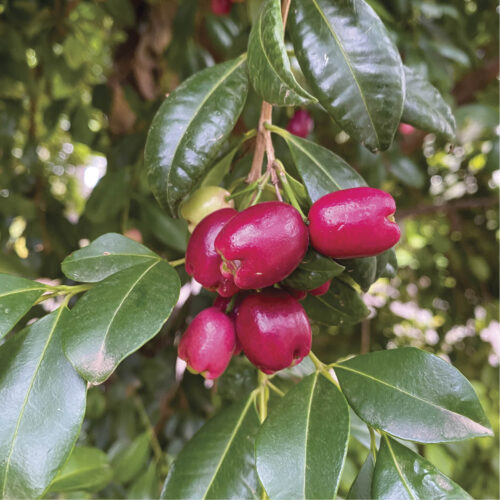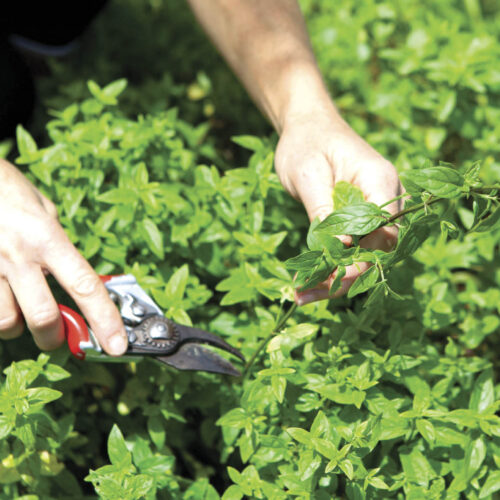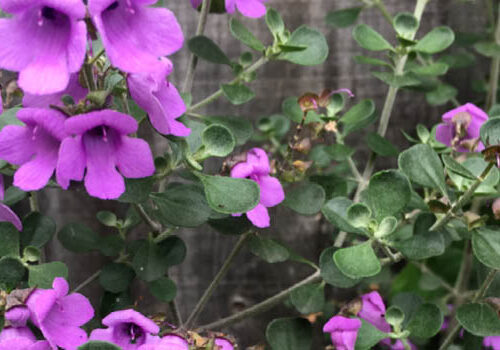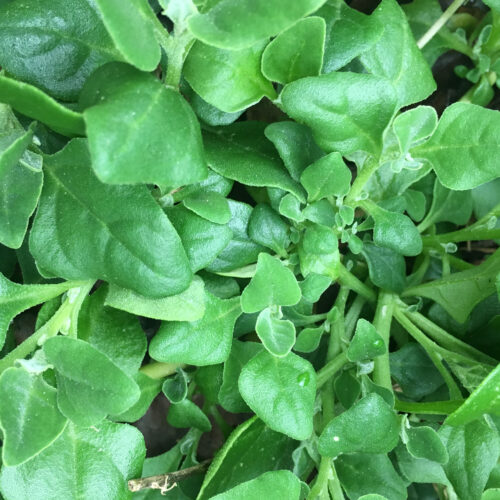Go wild with native foods
2015-04-29T02:16:22+10:00
Renowned chef and indigenous food advocate, Clayton Donovan, shares his tips for growing and cooking native foods.
Acclaimed chef, Clayton Donovan, is a champion of the flavours of native foods and says that many are also proving to be nutritional powerhouses. Research by the CSIRO found that 12 native fruits were “exceptional sources” of antioxidants. Two of the 12 fruits tested, Kakadu plum and Burdekin plum, recorded almost five times the level of antioxidants than blueberries, a so-called superfood.
So if native foods taste great and are good for us, why aren’t we all eating them? Some in the food industry suggest the main reason is limited availability. However, along with a growing awareness of indigenous ingredients in general, Donovan says there is also a growing number of suppliers. Better yet, you can grow you own.
“I’m not much of a green thumb but we’ve got a couple of lilly pilly varieties growing in our backyard along with warrigal greens, finger limes, rosella and a number of different myrtles – cinnamon, lemon and aniseed,” Donovan says. “Being natives, they’re relatively easy to grow because they’re adapted to our climate and conditions, which also makes them more resistant to pests and diseases. To me it makes a lot more sense to grow an Australian native plant in my garden than an Italian variety.”
Donovan says it’s also easy to incorporate native ingredients into everyday cooking: “If a recipe calls for star anise, I’ll grab some aniseed myrtle instead. When I’m cooking with chocolate, I’ll add wattle seed.
“At school with the kids we’ll make Davidson plum cordial, and lemon myrtle and cinnamon popcorn. Simple dishes packed with flavour. “Sea blight is another great native
ingredient. It’s a salty plant that grows near rivers and marshy areas and it’s great incorporated into seafood dishes. I even pickle it, and throw in some native spices just to give it a bit of an edge.
“One day it should be like that for everyone – where using our native foods is as common as using salt and pepper.”
Ingredients to start with
PHIL DUDMAN asks Clayton Donovan for ideas on using bush foods in the kitchen and tips for growing them.
Clayton Donovan suggests that the best way to discover the wild and unique flavours of the Australian bush is to pick up a few ingredients and experiment with them in your everyday cooking. Start with the type of dishes you already know, and simply replace common flavours with native flavours.
Cinnamon myrtle
Clayton says you can use cinnamon myrtle just like regular cinnamon. He prefers to use the dried leaf, which he grinds to a powder before adding to custards, puddings and curries –any dish that calls for the cinnamon flavour. It can even be used in sugar syrup for cocktails. The plant itself (Backhousia myrtifolia – related to the better known lemon myrtle B.citriodora) is a hardy shrub that makes a beautiful fragrant hedge which is a delight to trim.
Finger lime
Lots of people know the native finger lime, which is packed with tiny balls of zingy citrus flavour that burst in your mouth. Clayton calls it “citrus caviar”. “Use it in place of regular lemons or limes,” he says. “Try it in desserts such as cheesecake or in dressings for salad or grilled fish. “For something special, squeeze some finger lime balls into natural oysters instead of lemon, or press the balls into a shallow container and freeze – when you scoop it out it’s just like sorbet. “I also like to dehydrate the fruit and make a powder or sherbet which can be added to cake icings for a real zing!” Many nurseries stock finger limes these days and there are many different varieties with fruit colours from green to red, orange and burgundy. Finger lime bushes grow to about 2m high and are relatively trouble free in the garden, but are quite thorny so don’t plant them too close to a pathway.
Warrigal greens
Warrigal greens are native spinach leaves that grow on a low sprawling plant. You can find them behind beaches along the Australian east coast as well as New Zealand where it’s known as New Zealand spinach. It’s incredibly drought-hardy and easy to grow. In fact once you plant it you’ll always have it! The leaves have a similar flavour to spinach and can be used in any dish that you would include English spinach or silverbeet, but they must be steamed or blanched first to reduce the level of oxalates present in the leaves (also found in regular spinach) which can be harmful in high doses.
Paperbark
Paperbark was often used as a wrap for meatin traditional bush cooking. “Using it at home is a great way to impress your guests at a barbecue,” says Clayton. “Harvest some bark from a paperbark tree – just take what you need, no more – then leave it in the sun for a day so that ants and other critters can escape. Then soak the bark (so it doesn’t burn), lay down a whole fish with some native ginger leaf, maybe a few lemon myrtle leaves, and wrap and tie it off. Then place it on a barbecue plate to steam. Delicious!”
Clayton Donovan is well known for being a French-trained, hatted chef and his work as a champion of bush foods: that’s why we return again and again to his work. You’ll find plenty of other tips and ideas for growing and cooking with native foods on our website.

